Paper horses: anatomy of a dying art
Historians believe this art started in the era of Mughals in Pakistan and India
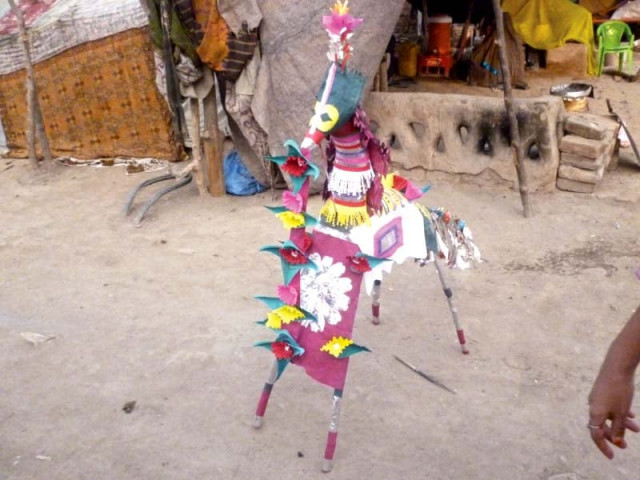
PHOTO: EXPRESS
These paper horses are especially provided to museums such as Lok Visra in Islamabad where tourists not only from Pakistan but also from all over the world show their interest and collect information about these interesting toys which come all the way from Multan. These paper horses are also fixed on the entrance of Lok Virsa so that people could notice them.
These paper horses are made by skillful people of Multan who seldom attend any school or college and play their role in promotion of marginalised culture of the city by making an interesting toy. The art of making paper horses transfers from one generation to the next generation of nomads who live in simple huts.
Both men and women make these paper horses and sell them mostly to children and earn their livelihood. Along with the paper toys, these nomads cum craftsmen also make clay toys and puppets and sell them in cities.
200 feet high Pakistan flag hoisted at Ganda Singh Wala on Pak-India border
Mastering the art
Bagh Ali, 45, who also live in a hut in the outskirts of Multan, also makes these paper horses. He told The Express Tribune, “I have been making these horses since the last 30 years. I learnt to make them from my mother and everyone in our nomadic society learns this skill at one time or the other in life.”
He maintained that he learnt this work from his forefathers as they also learnt it from their forefathers and this work is going forward from generation to generation. “These simple people know nothing more than that. Without having any idea, how important their work is and how much tourists are attracted by these toys, they just make it to earn a few hundred rupees,” he pointed out.
When asked about the material and manufacturing process of these paper horses, Bagh Ali said, we are nomads and live wherever we find a favourable place. He elaborated, “We collect reeds, lumber and woods. Then we make a mixture of different colours and samples of clay toys.” He added, “After the hard struggle of whole month, we manage to make a paper horse.”
Baba Inayat, uncle of Bagh Ali, said this art was initiated from the age of Mughals and at that time this art and the artists were very famous.
“These paper horses and clay toys used to be considered a dignity of fairs and festivals. With the passage of time, the popularity of this art declined. Now, those associated with this art are finding it hard to make ends meet,” he said.
Baba Inayat remarked, “Our forefathers used to live like royal guests in the courts of Mughals. My daughters and daughters-in-law also know this work and help their brothers and husbands in making such toys.”
Grenade lobbed at police lines
Backdrop
Historians believe this art started in the era of Mughals in Pakistan and India which is still very popular. With the help of this art, doors, many famous temples and fortresses were designed. This art actually started in Iran where it was known as ‘Kaari Qalam Daan’. Mughal emperors liked this art very much and introduced it in India in 15th and 16th ceturies.
The things that were made at that time do not exist now except for two or three temples or doors in India.
Some historians say that a Kashmiri prince, who was a prisoner in Samar Qand, introduced this art in the region. Most of the architects were brought from Samar Qand when this art started flourishing. It was known as ‘Kari Munaqish’ in Samar Qand. This art is pure Kashmiri but it became more famous in Sirinagar and its regions.
Historians also suggest that some French nationals, who travelled to Kashmir, encouraged this art and in the 19th century, this art of paper work was given the name of ‘Naqaashi’.
Published in The Express Tribune, December 26th, 2017.

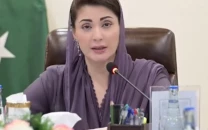
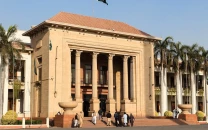
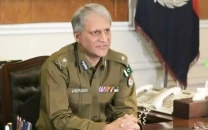

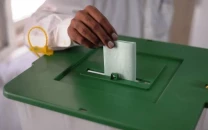
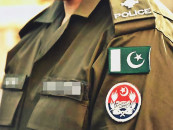












COMMENTS
Comments are moderated and generally will be posted if they are on-topic and not abusive.
For more information, please see our Comments FAQ